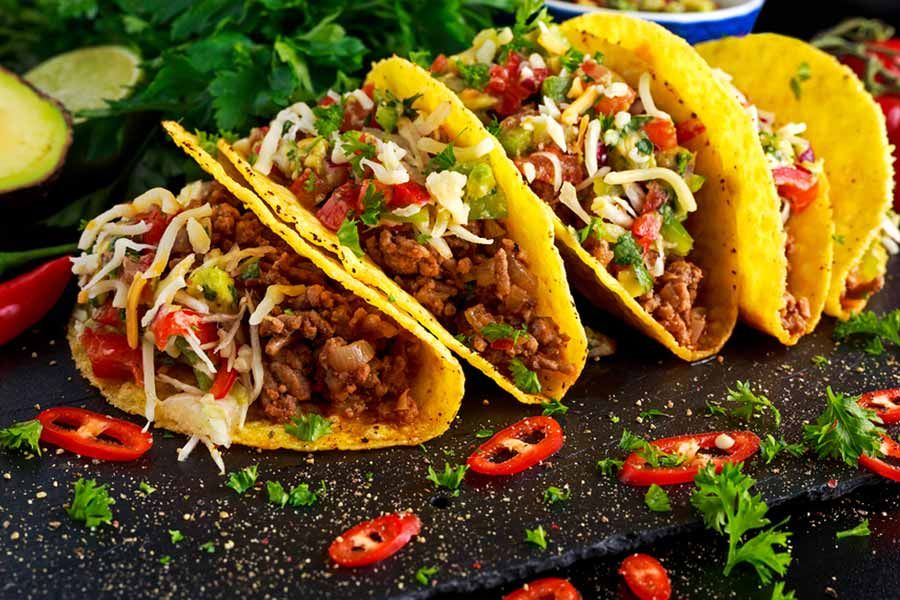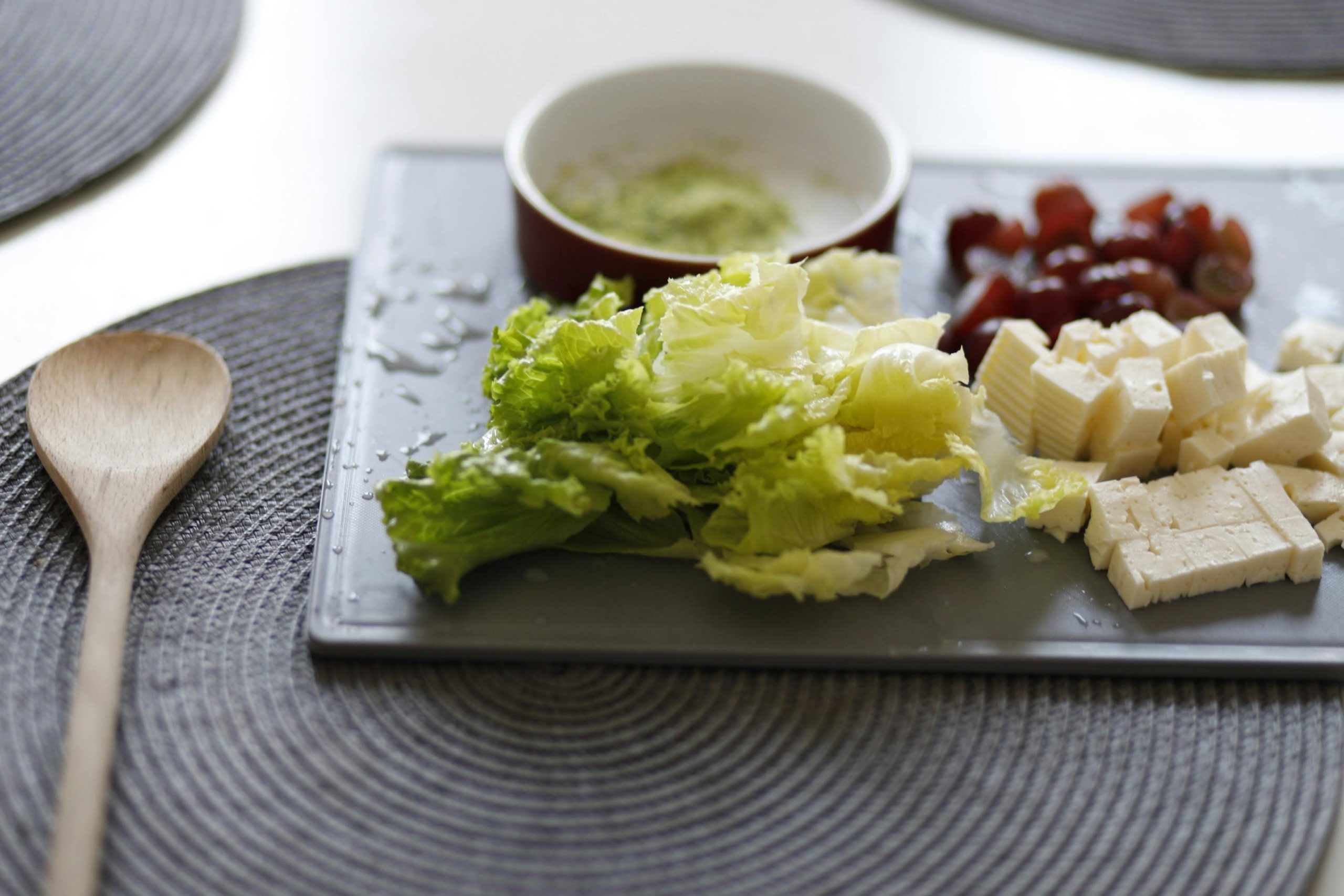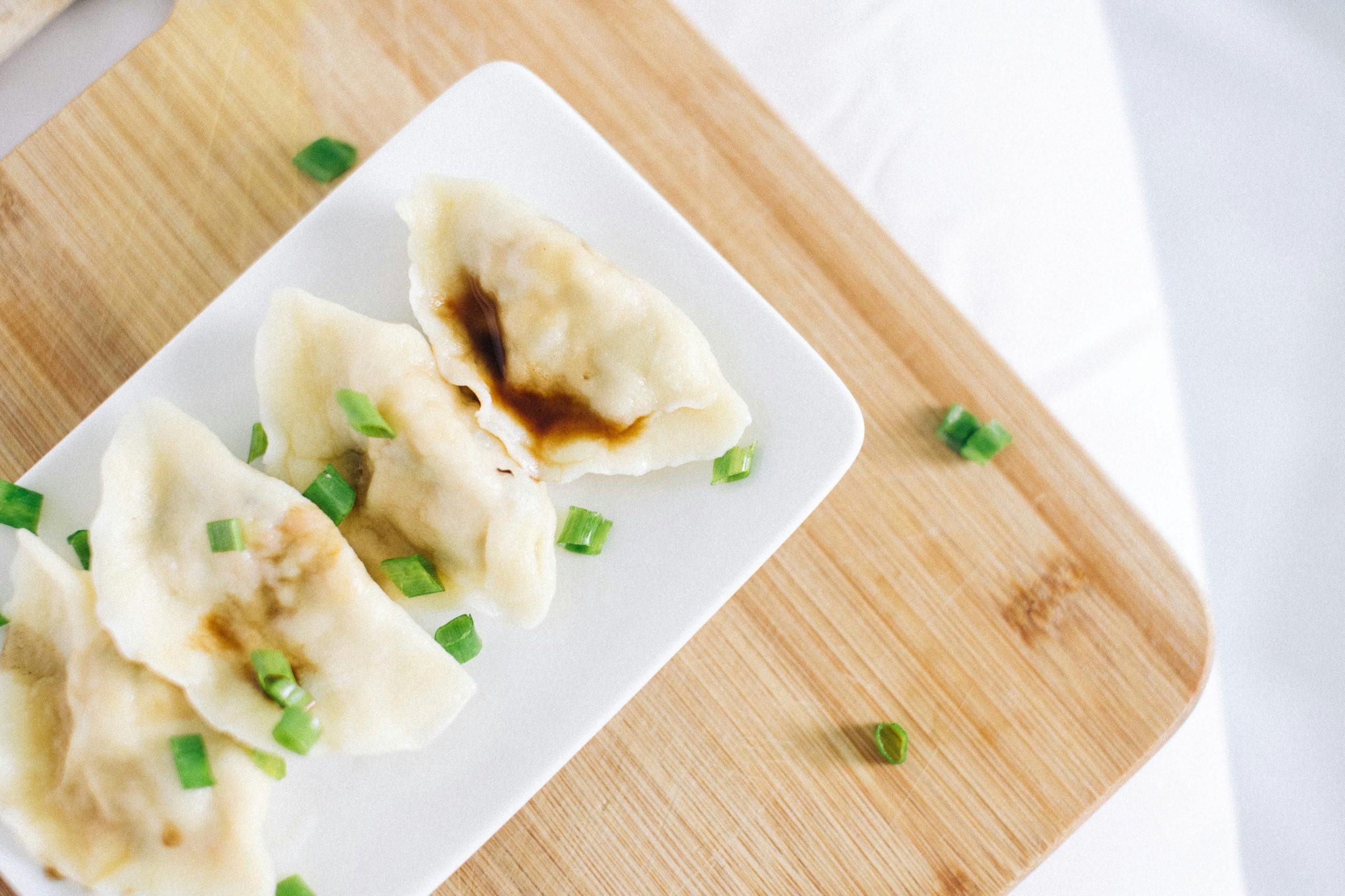Ever wondered what Mexican and Chinese cuisines might have in common?
For many food enthusiasts, the idea of blending distinct culinary traditions like those of Mexico and China seems like an unexplored mystery.
Both Mexican and Chinese cuisines share a rich history of using similar cooking techniques such as stewing and braising, and a communal nature that underscores the importance of family and gatherings around food.
This blog post will explore the intriguing intersections of Mexican and Chinese food cultures, from the historical fusion in Mexico City to the modern culinary trends and food tours that celebrate this unique blend.
How Chinese Food Became a Staple in Mexico City

The journey of Chinese cuisine becoming a staple in Mexico City is deeply rooted in history and migration patterns. In the late 19th and early 20th centuries, a significant number of Chinese immigrants arrived in Mexico, primarily as laborers for railways and mines. Many of these immigrants settled in Mexico City, bringing their culinary traditions with them. Over time, these immigrants opened small eateries known as “cafes de chinos,” which initially catered to the Chinese community but gradually attracted local Mexicans. These cafes played a crucial role in introducing Chinese dishes to a broader audience in Mexico City.
The integration of Chinese food into the Mexican culinary landscape was not just about the availability of new flavors but also about the adaptation and fusion of cuisines. Key factors that contributed to the popularity of Chinese food in Mexico City include:
- Economic accessibility: Chinese restaurants often offered affordable meal options, which made them popular among the local working-class population.
- Culinary adaptability: Chinese chefs began to incorporate local ingredients and tweak their recipes to suit the Mexican palate, creating a unique fusion that appealed to both communities.
- Cultural integration: Over time, as the Chinese community became more integrated into Mexican society, the lines between the two cuisines blurred, leading to a mutual culinary influence that is evident in some dishes today.
Today, Chinese food is an integral part of Mexico City’s diverse culinary scene, with numerous Chinese restaurants scattered across the city. These establishments range from traditional family-run eateries to modern fusion restaurants that blend Chinese cooking techniques with Mexican flavors. The enduring popularity of Chinese cuisine in Mexico City is a testament to the deep cultural exchanges between the Chinese and Mexican communities. This culinary melding has enriched the city’s food culture, offering residents and visitors alike a taste of this unique gastronomic fusion.
Do Chinese Consumers Favor Mexican and Tex-Mex Food?

Exploring the culinary preferences of Chinese consumers towards Mexican food, including Tex-Mex, reveals a fascinating blend of curiosity and selective adoption. While traditional Mexican cuisine, with its bold flavors and vibrant ingredients, has started to carve a niche in China’s vast food landscape, Tex-Mex has experienced a more nuanced reception. The interest in Mexican food is often driven by the younger demographic, who are typically more adventurous in their eating habits and influenced by global food trends. These consumers are drawn to the novelty and the rich, diverse flavors that Mexican cuisine offers. However, the acceptance and popularity of Tex-Mex dishes among Chinese consumers tend to vary significantly across different regions of China. In metropolitan areas like Shanghai and Beijing, where international cuisines are more prevalent, Tex-Mex restaurants can be seen, but they often adapt their dishes to better suit the local palate.
Emerging trends indicate a growing interest among Chinese consumers in authentic culinary experiences, which affects how Mexican and Tex-Mex foods are perceived and consumed. Authenticity is highly valued, and there is a noticeable shift towards preferring traditional Mexican dishes over the Americanized Tex-Mex versions. This trend is supported by:
- Culinary education: Increased exposure to authentic Mexican culture and cooking techniques through cooking shows, travel, and social media.
- Health consciousness: A growing awareness of the nutritional aspects of food leads some consumers to choose traditional Mexican options, which are often seen as fresher and less processed compared to Tex-Mex offerings.
- Cultural appreciation: An increasing appreciation for the rich cultural heritage behind traditional Mexican food, which adds an experiential element to dining that Tex-Mex often lacks.
Despite these trends, the market for Tex-Mex isn’t disappearing but is instead evolving with a greater emphasis on authenticity and quality, aiming to meet the sophisticated demands of Chinese consumers.
The Influence of Asian Cuisine in Mexico City
The influence of Asian cuisine on Mexico City’s food culture extends beyond the mere presence of Chinese restaurants. It involves a deep integration of Asian culinary techniques and ingredients into traditional Mexican cooking. This fusion is evident in various local dishes that have embraced Asian influences, such as the use of soy sauce and sesame seeds in marinades for meats, which is not traditionally found in Mexican cuisine. This blend creates a unique flavor profile that appeals to a wide range of palates, showcasing the versatility and adaptability of Mexican culinary practices.
One of the most notable impacts of Asian influence is the introduction of new vegetables and cooking methods that have been seamlessly integrated into Mexican kitchens. For instance:
- Bok choy, a type of Chinese cabbage, has found its way into Mexican vegetable mixes, stir-fries, and even traditional soups.
- Steaming and stir-frying, common in Asian cooking, are now more widely used in Mexican households and restaurants, offering healthier cooking alternatives that preserve the nutritional value of ingredients.
These examples highlight not only a culinary merger but also a cultural exchange that enriches the dining experience in Mexico City.
The broader impact of Asian cuisine is also evident in the dining out culture in Mexico City. Many Mexican restaurants now feature dishes that are inspired by Asian flavors, creating a new category of dining experience that attracts both locals and tourists. The success of these establishments speaks to the city’s openness and enthusiasm for innovative culinary fusions. This ongoing culinary dialogue between Mexican and Asian food traditions continues to evolve, promising exciting new flavors and combinations that could redefine traditional Mexican cuisine in the years to come.
Discover Culinary Fusions with Indulge‘s Curated Food Tours
If you’re fascinated by the rich tapestry of flavors that Mexican and Chinese cuisines bring to the table, INDULGE‘s curated food tours in Zurich present a unique opportunity to explore these culinary fusions firsthand. Imagine walking through the vibrant streets of Zurich West, where each corner offers a new taste sensation, blending the bold spices of Mexico with the subtle complexities of Chinese cooking. INDULGE’s expert guides, including local chefs and culinary historians, lead participants on a gastronomic journey that goes beyond mere tasting. Here’s what to expect on these tours:
- Educational Insights: Learn about the historical migration of flavors and how local Zurich chefs create innovative dishes by merging Mexican and Chinese culinary principles.
- Live Cooking Demonstrations: Experience chefs in action, preparing fusion dishes that marry the fiery zest of Mexican cuisine with the delicate balance of Chinese flavors.
- Tastings: Savor a curated selection of dishes that exemplify the best of both culinary worlds, each bite offering a story of cultural confluence.
Participating in one of INDULGE‘s food tours not only satisfies your palate but also enriches your understanding of how global cuisines can harmoniously blend within a city’s food scene. The tours are designed to cater to both locals and tourists, making them a perfect activity for anyone eager to dive deep into Zurich’s culinary diversity. Here are additional benefits that these tours offer:
- Cultural Immersion: Engage with the local food community and hear directly from the artisans who craft these cross-cultural dishes.
- Exclusive Access: Gain entry to special culinary venues that are not typically open to the public, where you can witness the fusion of cuisines in sophisticated dining settings.
- Social Connection: Meet fellow food enthusiasts who share your passion for exploring complex flavors and cultural histories. Together, you can discover new dining spots and create memorable experiences around the shared table of Zurich’s diverse culinary landscape.
By the end of the tour, you’ll have a deeper appreciation for how Mexican and Chinese cuisines can intertwine to create something truly extraordinary, right in the heart of Zurich.
Frequently Asked Questions
How is Chinese culture similar to Mexican culture?
Chinese and Mexican cultures share a rich history of similar cooking techniques such as stewing and braising, and a communal nature that underscores the importance of family and gatherings around food. Both cuisines emphasize the communal aspect of dining, where meals are often enjoyed in the company of family and friends, reflecting the social importance of food in both cultures.
Why are there so many Chinese restaurants in Mexico?
There are many Chinese restaurants in Mexico due to the historical migration of Chinese immigrants who arrived in Mexico in the late 19th and early 20th centuries, primarily as laborers. Many settled in Mexico City and opened small eateries known as “cafes de chinos,” which catered initially to the Chinese community but gradually attracted local Mexicans. Over time, Chinese cuisine became integrated into the Mexican culinary landscape due to factors like economic accessibility, culinary adaptability where Chinese chefs incorporated local ingredients, and cultural integration as the Chinese community became more integrated into Mexican society.








